| Components | Description | Specifications | Manufacturing Steps |
|---|---|---|---|
| Display Panel | High-brightness screen for clear visibility in outdoor lighting | Screen Size: 32", 43", 55" | 1. Component Sourcing |
| Brightness: 1500–2500 nits | Source parts such as screens, processors, etc. | ||
| Touchscreen | Interactive touch display that enables user interaction | Response Time: 5–15 ms | 2. Enclosure Fabrication |
| Multi-touch supported | Manufacture enclosure, ensuring weatherproofing | ||
| Enclosure | Weatherproof, durable casing to protect components | Material: Powder-coated steel or aluminum | 3. Screen and Touch Integration |
| IP Rating: IP65 | Install display and touchscreen into the enclosure | ||
| Cooling & Heating System | Temperature control for operation in extreme conditions | Operating Temperature: -30°C to 50°C | 4. Internal Assembly |
| Thermal management to prevent overheating | Assemble internal parts including power, cooling | ||
| Processor | Embedded computing unit for fast data processing | Processor Speed: 1.8 GHz or higher | 5. Software Installation |
| Memory: 4GB RAM or higher | Install kiosk software and test for functionality | ||
| Connectivity Options | Network connectivity options like Ethernet, Wi-Fi, 4G/5G | Ethernet, Wi-Fi, optional 4G/5G | 6. Quality Control Testing |
| Conduct quality tests on hardware and software | |||
| Power Supply | Regulated power source for stable and uninterrupted operation | Voltage Input: 100-240V AC | 7. Final Assembly and Packaging |
| Battery backup for limited power outages | Secure all parts, prepare for packaging | ||
| Security Features | Anti-vandalism features like tamper-proof locks and surveillance | Tamper-resistant locks, cameras | 8. Installation Support |
| Provide guidance on installation, setup | |||
| Environmental Sensors | Measures environmental factors like temperature, humidity, and lighting to adjust display settings | Weather and temperature sensors integrated |
An outdoor info kiosk is a digital self-service terminal designed to provide information, services, or directions in outdoor environments. It is commonly used in public spaces such as parks, transportation hubs, tourist destinations, and shopping centers to offer users quick access to vital information, maps, event schedules, and more. Its purpose is to enhance the user experience by offering convenient, on-demand assistance through a highly visible, easily accessible interface.
Outdoor info kiosk serves a variety of essential functions, including providing real-time information (such as transportation schedules), navigation and wayfinding assistance, advertising, and promoting public engagement with multimedia content. Their benefits include improved accessibility for visitors, reduced demand on staff for routine inquiries, and the ability to engage a larger audience through digital interactions.
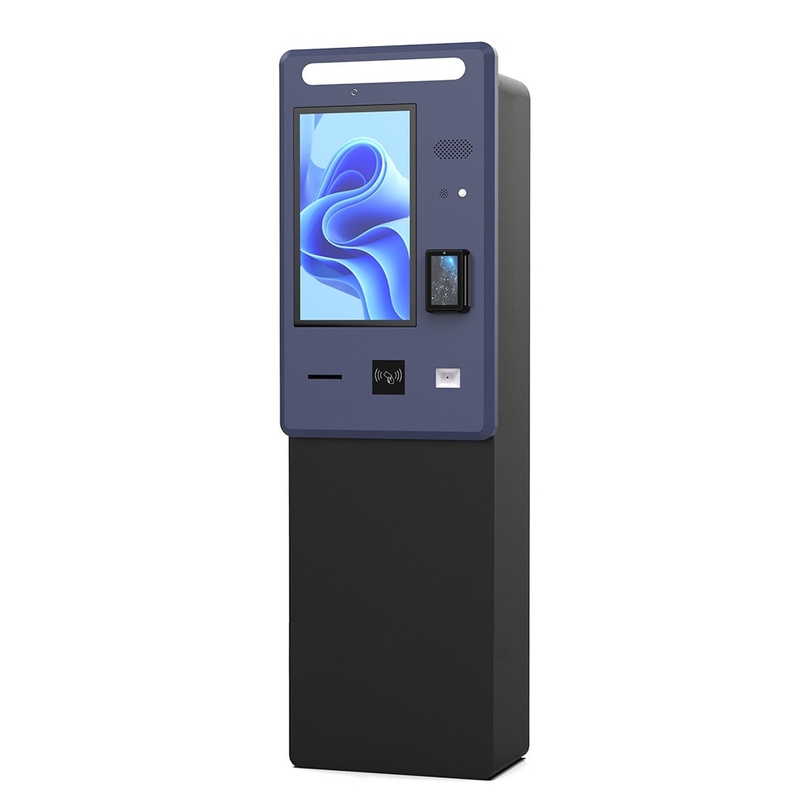
The primary interface of an outdoor info kiosk is its touchscreen display, which allows users to easily navigate menus and access the information they need. These displays are designed to be intuitive, with multi-touch capability, responsive software, and high-definition visuals that make interactions smooth and engaging.
Outdoor info kiosks feature high-brightness screens, often with anti-glare technology, to ensure that information is clearly visible even in direct sunlight. The brightness levels typically range from 1,500 to 3,000 nits, far exceeding the capabilities of indoor displays to ensure a clear, legible view under various lighting conditions.
Modern outdoor kiosks are equipped with multiple connectivity options, including Wi-Fi, 4G, and even 5G capabilities, allowing them to offer real-time information and connect to cloud services or local networks. This ensures seamless data updates, remote monitoring, and integration with larger digital ecosystems.
Outdoor info kiosks can be customized in terms of their physical design and appearance. Businesses can integrate their branding into the kiosk’s exterior, choosing specific colors, logos, and display themes. This flexibility ensures that the kiosks blend into their surroundings while promoting brand identity.
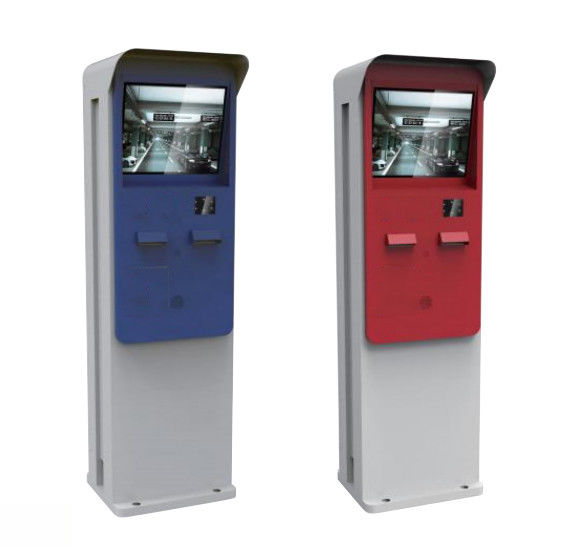
Outdoor info kiosks are an integral part of smart city initiatives. They are used to provide city residents and tourists with up-to-date information on public transport schedules, local events, emergency alerts, and more. They help enhance civic engagement by offering interactive features and integrating with city management systems.
In shopping centers and retail districts, outdoor info kiosks help shoppers navigate large areas, locate specific stores, and find promotions or events. Retailers often use these kiosks to display targeted advertisements, enhancing customer engagement while driving sales.
Tourist destinations such as parks, museums, and landmarks utilize outdoor info kiosks to offer self-guided tours, exhibit details, and historical information. They provide an interactive, self-service experience that improves visitor satisfaction by offering engaging content and easy access to key information.
Outdoor kiosks are widely used in airports, bus stations, and train stations to help travelers with real-time schedules, wayfinding, ticketing, and important travel alerts. These kiosks reduce queues at traditional help desks and provide travelers with fast, self-service options for accessing information.
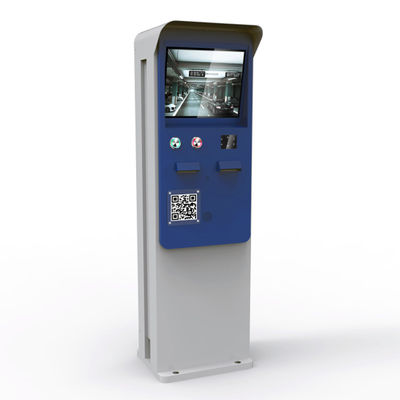
Outdoor kiosks are designed to withstand harsh environmental conditions, which is reflected in their high IP (Ingress Protection) ratings. For example, an IP65-rated kiosk is resistant to dust and can handle exposure to rain, making it ideal for year-round outdoor use. The materials used in construction ensure that the kiosk remains operational despite weather fluctuations.
To operate reliably in extreme temperatures, outdoor info kiosks are equipped with internal heating and cooling systems. These kiosks typically have operating temperature ranges from -20°C to 50°C, ensuring that they remain functional in both freezing winters and hot summers without suffering from internal damage.
Manufacturers use rugged materials such as stainless steel, aluminum, and tempered glass to ensure that outdoor info kiosks are not only durable but also resistant to vandalism and wear. These materials provide structural integrity, ensuring the kiosks can withstand physical impacts and extended outdoor exposure.
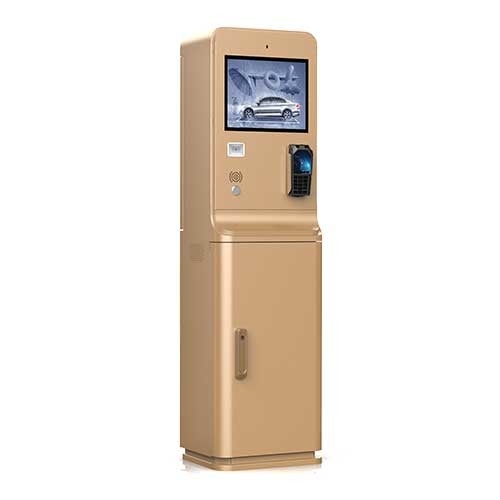
The cost of outdoor info kiosks varies based on size, features, customization, and software integration. Prices generally range from $5,000 to $20,000 or more, depending on the level of sophistication. Kiosks with advanced features such as larger screens, high-end weatherproofing, or interactive components will be at the higher end of the price spectrum.
Key factors that influence the pricing of outdoor kiosks include the degree of customization (such as branding and specific software requirements), the physical size of the kiosk, and additional costs related to installation, such as site preparation and electrical work. Customization often involves additional design and engineering costs, while installation requires careful planning for network connectivity and power sources.
Besides the initial purchase price, businesses need to consider the long-term costs associated with kiosk maintenance and servicing. Regular upkeep includes software updates, hardware inspections, and repairs. Kiosks placed in public areas may require more frequent servicing to ensure they remain functional and visually appealing.
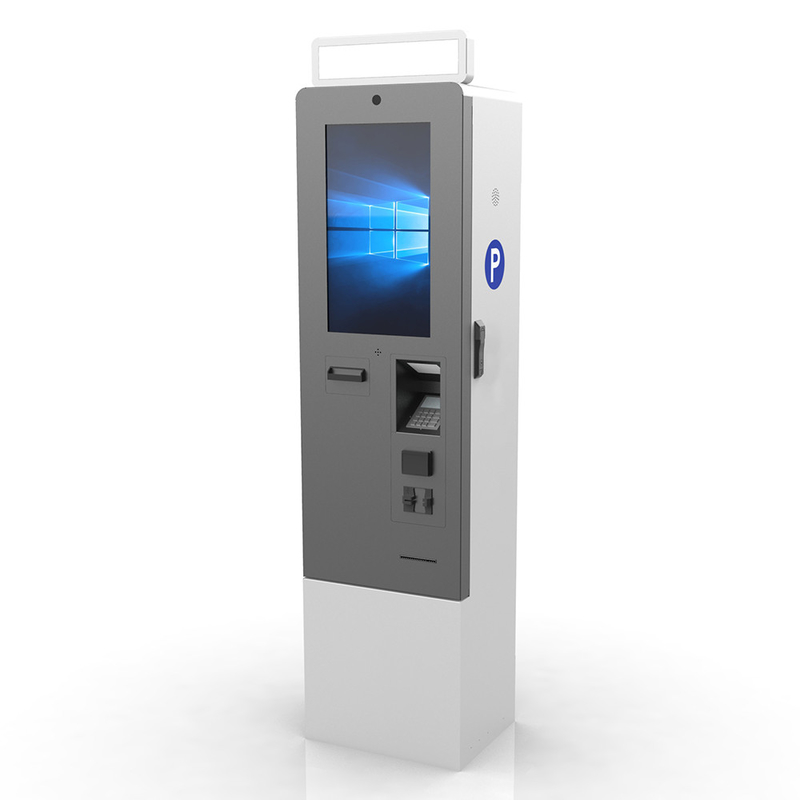
Installing an outdoor info kiosk involves several key steps. First, the installation site must be prepared, which may involve running power and data lines. Next, the kiosk is physically secured in place, often using a bolted mount or pedestal. Finally, the kiosk’s software is configured, tested, and connected to the appropriate networks for full functionality.
During setup, businesses should account for factors such as electrical requirements, network connectivity, and software integration. They should also ensure that the kiosk’s location is accessible to the target audience and highly visible. Working with professional installers can ensure that the process is smooth and adheres to local building codes and safety regulations.
Outdoor info kiosks are designed to integrate seamlessly with existing digital ecosystems. Whether they are used for advertising, wayfinding, or public information, their software can connect with back-end systems such as content management systems (CMS), payment gateways, or customer relationship management (CRM) platforms. This allows for easy content updates and real-time monitoring.

Outdoor kiosks are built with robust security features to deter vandalism and theft. This includes shatterproof glass, tamper-resistant screws, and reinforced enclosures. Many kiosks are also equipped with sensors that can detect tampering and automatically alert security personnel if there is an attempted breach.
Ensuring user privacy and protecting sensitive information is critical for outdoor kiosks, particularly those used for payments or personal data entry. These kiosks are equipped with encryption technologies, secure data transmission protocols, and firewalls to prevent unauthorized access. Regular software updates and security patches are essential to keeping the kiosks safe from evolving cyber threats.
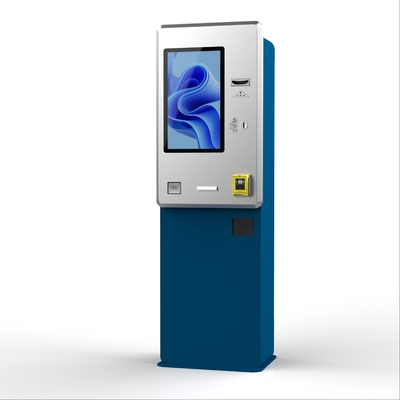
Several top manufacturers dominate the outdoor info kiosk market, including Zebra Technologies, Olea Kiosks, NCR Corporation, Diebold Nixdorf, and Advantech. These companies offer a wide range of customizable kiosks designed for different applications and environments. They are known for their innovation, durability, and advanced features.
Each manufacturer offers unique features and levels of after-sales support. For example, some companies may focus on ruggedized designs suitable for extreme weather, while others specialize in advanced user interface software or integration with mobile devices. It's essential to compare not only the hardware but also the level of customer support, warranty options, and customization flexibility when selecting a manufacturer.
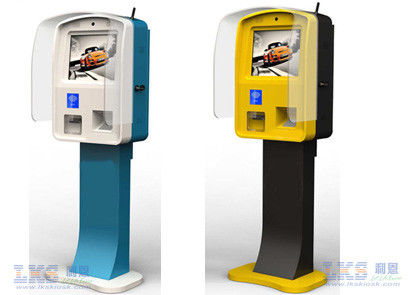
Outdoor kiosks have been successfully deployed across a range of industries, from transportation hubs to tourist attractions. Case studies show how businesses have used kiosks to improve customer service, streamline operations, and generate additional revenue through advertising or self-service functionality.
User reviews often highlight the reliability and performance of outdoor info kiosks, particularly regarding their ease of use, durability in challenging environments, and ability to function continuously with minimal downtime. Positive feedback often emphasizes the kiosk’s role in improving customer satisfaction and reducing operational costs.
Click outdoor kiosk case studies to learn more!
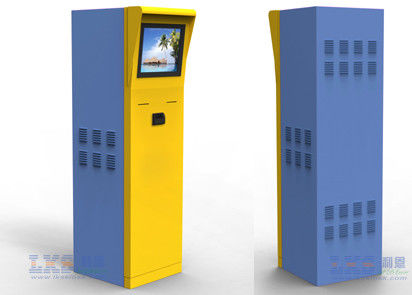
One of the primary challenges of implementing outdoor info kiosks is ensuring they are designed to withstand various environmental factors. These include exposure to rain, snow, direct sunlight, extreme temperatures, and even vandalism. Proper site selection and preparation are crucial to mitigate these risks, ensuring that kiosks are placed in areas where they can be securely mounted, easily accessible to users, and sheltered if necessary.
Outdoor kiosks require a reliable power source and network connectivity to function efficiently. In remote or underserved areas, access to power lines and strong Wi-Fi or cellular connections can be limited, making installation more complex and costly. Backup power solutions, such as solar panels or battery systems, may be necessary in these scenarios to ensure consistent operation.
Regular maintenance is necessary to keep outdoor kiosks functioning properly. This includes not only cleaning the screens and ensuring the hardware is in good condition but also keeping the software updated to protect against cyber threats and ensure smooth operation. Businesses need to establish a maintenance plan and partner with service providers who can offer quick technical support when issues arise.
Depending on the location, there may be legal or regulatory restrictions governing the installation of outdoor info kiosks. These might include zoning laws, building codes, or accessibility standards such as those set by the ADA (Americans with Disabilities Act) in the U.S. Businesses need to ensure that their kiosks meet all legal requirements, which may necessitate consulting with legal experts or city planners.

When selecting an outdoor info kiosk, it’s essential to start by identifying your business needs and understanding who will be using the kiosk. Are you looking to provide wayfinding services, advertise products, or offer real-time information? Defining your goals will help narrow down the necessary features and software integration required for your kiosk.
The durability of the kiosk is a crucial factor, especially if it will be exposed to harsh weather conditions. Look for kiosks with high IP ratings, durable enclosures, and temperature control features. Additionally, consider whether the kiosk will need anti-vandalism measures and impact-resistant glass to ensure its long-term functionality.
Different outdoor kiosks come with various software packages and user interface options. Choose software that is easy for users to navigate, integrates smoothly with your existing systems, and can be updated remotely. The interface should be intuitive and responsive, offering users a seamless experience regardless of their technical skill level.
It’s important to evaluate both the upfront costs of purchasing and installing the kiosk as well as the long-term costs of maintenance, software updates, and repairs. A higher initial investment in quality hardware can lead to lower long-term maintenance costs. Be sure to budget for ongoing expenses and factor in the expected lifespan of the kiosk.

As technology evolves, outdoor info kiosks are expected to incorporate more advanced touchscreen technology, including multi-touch capabilities, haptic feedback, and even voice-controlled interfaces. These innovations will make user interactions smoother and more intuitive, allowing for more seamless access to services and information.
The future of outdoor info kiosks will likely include integration with AI (artificial intelligence) and machine learning algorithms to provide personalized user experiences. For example, kiosks could analyze user behavior patterns or data inputs to offer tailored recommendations or more efficient navigation routes. AI could also be used to enhance content suggestions or provide more accurate information based on real-time data.
The rollout of 5G technology will revolutionize how outdoor info kiosks function by offering faster internet speeds and more reliable connections. With 5G, kiosks can handle larger amounts of data, including high-definition video streams, real-time updates, and complex software applications without lag, significantly improving the overall user experience.
Sustainability is becoming a growing concern, and many manufacturers are looking toward integrating solar power into outdoor kiosks to reduce energy consumption and reliance on traditional power sources. Solar-powered kiosks offer energy efficiency while maintaining full functionality, even in off-grid locations, making them an attractive option for businesses aiming to reduce their carbon footprint.
As security becomes an increasing concern, future outdoor kiosks may integrate biometric authentication methods such as fingerprint scanning, facial recognition, or iris scanning. These technologies will enhance data security, protect user privacy, and allow for more secure transactions, particularly for kiosks used in financial or governmental applications.
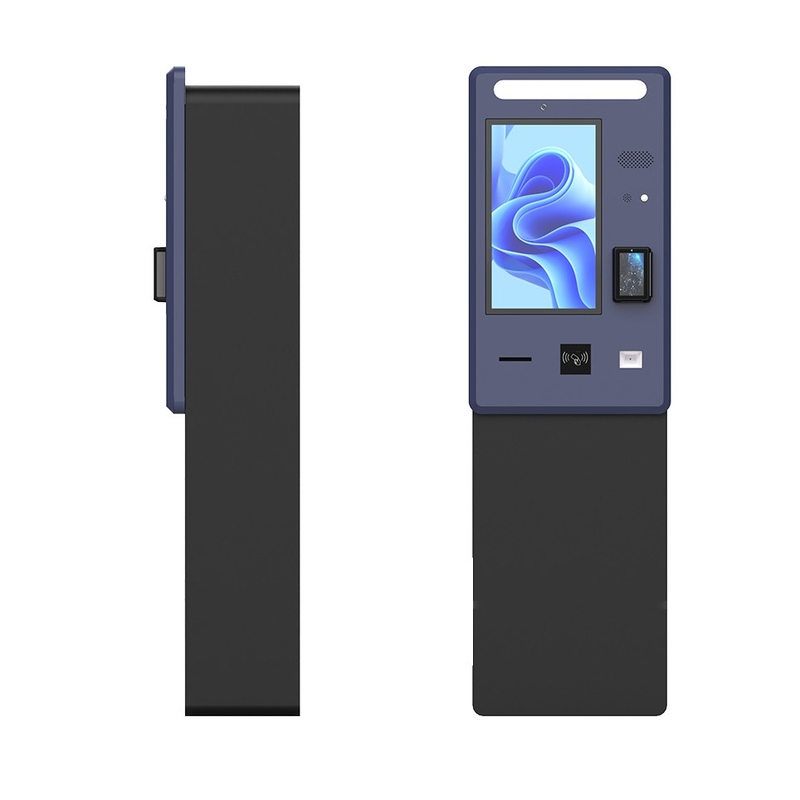
| Type | Design | Common Sizes (Height x Width x Depth) | Price Range (USD) |
|---|---|---|---|
| Wayfinding Kiosk | Freestanding, touchscreen, weatherproof | 60" x 24" x 12" | $3,500 - $8,000 |
| Advertising Kiosk | Dual-sided, digital display, outdoor-rated | 72" x 30" x 14" | $5,000 - $10,000 |
| Interactive Kiosk | Touchscreen, interactive software, ADA-compliant | 65" x 28" x 15" | $4,000 - $9,000 |
| Payment Kiosk | Self-service, card reader, receipt printer | 55" x 24" x 18" | $6,000 - $12,000 |
| Digital Signage Kiosk | Large display, high-brightness screen | 80" x 40" x 15" | $7,000 - $15,000 |
| Ticketing Kiosk | Slim, touchscreen, QR code scanner | 50" x 20" x 10" | $3,000 - $7,500 |
| Visitor Information Kiosk | Touchscreen, weather-resistant, multilingual | 70" x 26" x 14" | $4,500 - $9,500 |
| Public Transport Info Kiosk | Digital display, route maps, durable | 75" x 32" x 12" | $5,500 - $11,000 |
Sizes: These are typical dimensions for outdoor info kiosks, but custom sizing is available depending on the manufacturer.
Designs: The design often includes options for single or dual-sided displays, ADA compliance for accessibility, and high-brightness screens for visibility in sunlight.
Price Range: Prices vary based on customization, the inclusion of hardware components (e.g., cameras, payment systems), and the kiosk’s overall durability and technology integration.
Customization: Outdoor kiosks can be tailored to specific branding, usage, and environment needs, such as anti-vandalism features, solar power, and real-time monitoring systems.
Purchasing an outdoor info kiosk involves several key steps:
Define Your Objectives: Determine what the kiosk will be used for and what features are necessary.
Research Vendors: Compare different manufacturers, paying attention to reviews, product offerings, and customer support.
Request a Quote: Contact your shortlisted vendors and request detailed quotes, including customization options and installation costs.
Plan the Installation: Coordinate with your vendor to ensure that power, network connections, and mounting locations are prepared before delivery.
Selecting a reliable manufacturer is crucial for ensuring the quality and longevity of your outdoor kiosk. Look for companies with a strong track record, positive customer reviews, and a willingness to offer warranties and post-installation support. Manufacturers with OEM/ODM services can also provide you with more customized options to meet your specific needs.
To ensure a smooth installation process, work with professionals who are experienced in deploying outdoor kiosks. Make sure the site is prepared for electrical and network hookups, and verify that the kiosk will be visible and accessible to your target audience. Once installed, perform thorough testing to ensure that the hardware and software are fully operational before launching the kiosk.


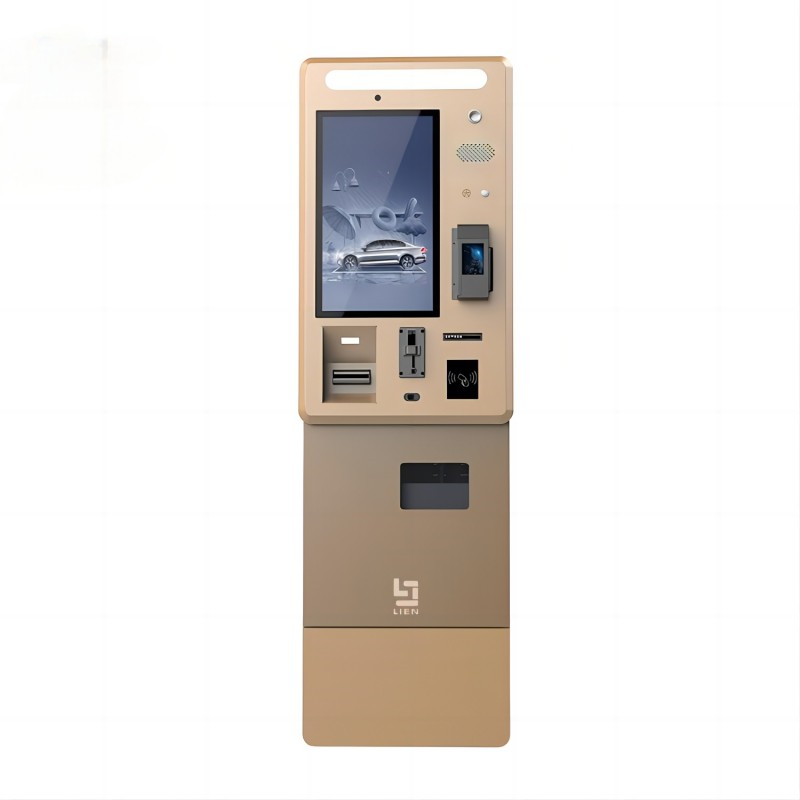


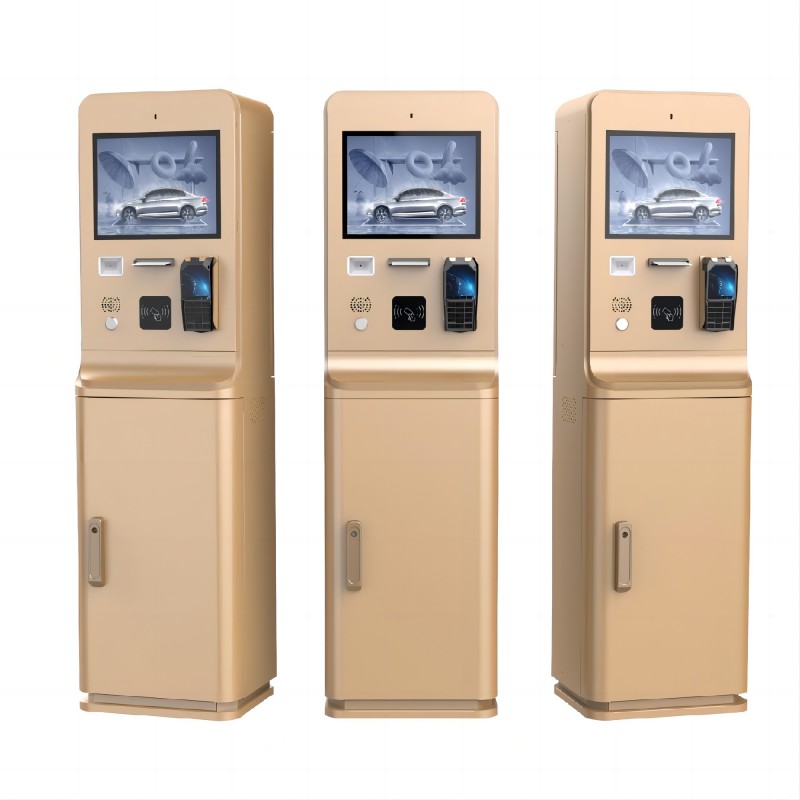
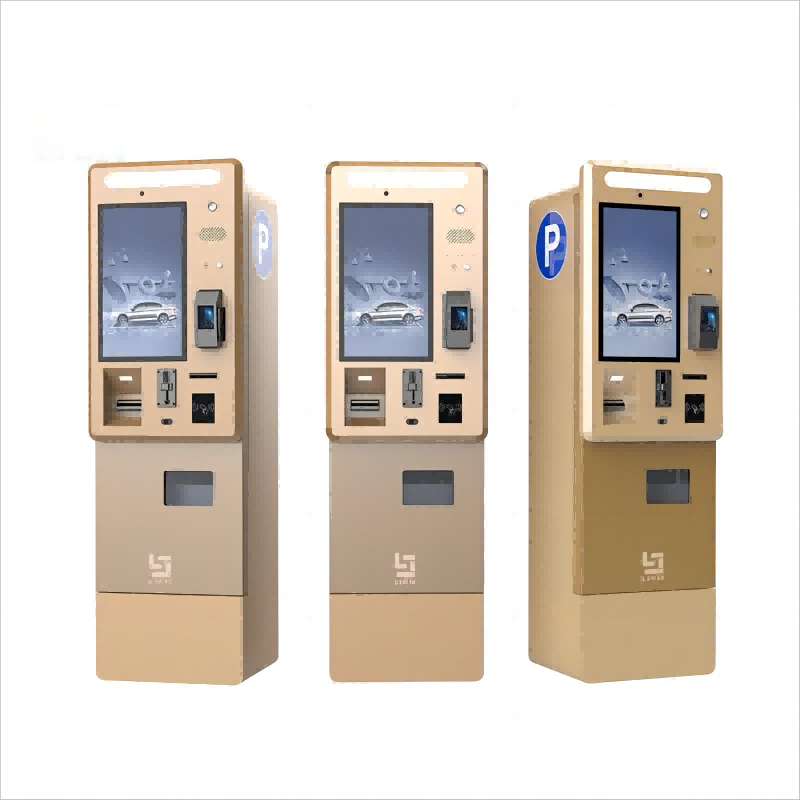
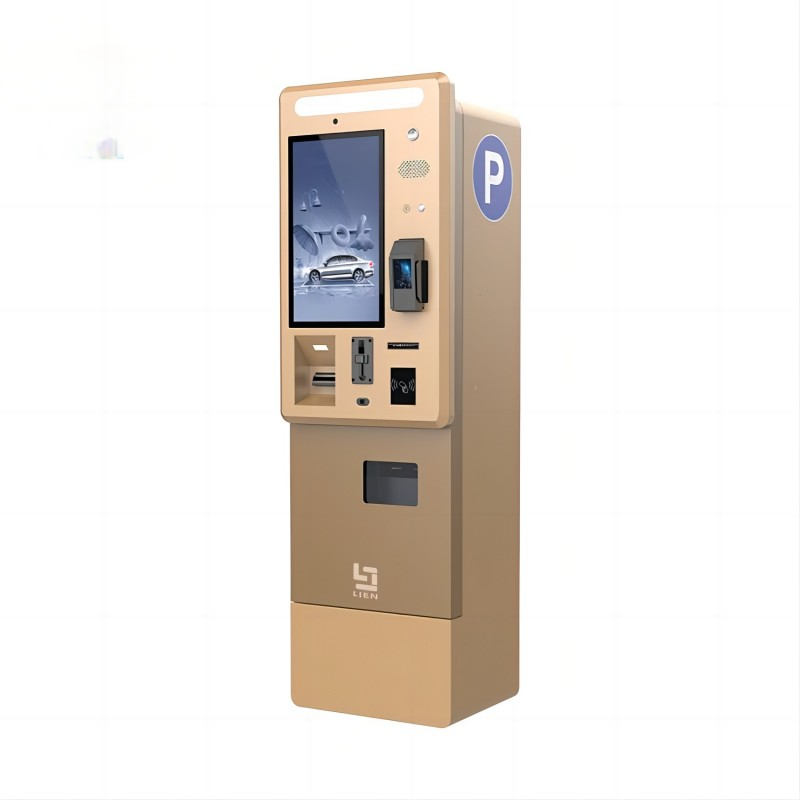
What did our happy clients say?
We are thrilled with our new outdoor info kiosk! Its weatherproof design and vibrant display have made it an essential tool for our visitors. The touchscreen is highly responsive, making it user-friendly. The manufacturer’s customer support was exceptional, guiding us through setup!
Our experience with the outdoor info kiosk has been fantastic! The kiosk's interactive features have significantly improved visitor engagement. The installation was straightforward, and the service team was incredibly helpful throughout the process. Highly recommend this product!
The outdoor info kiosk exceeded our expectations! Its durable construction withstands the elements, and the clear graphics attract attention. The manufacturing team provided outstanding service, ensuring we had everything we needed for a smooth operation. A great investment!
We love our outdoor info kiosk! The dual-sided design has been perfect for our busy area, providing information to multiple directions. The manufacturer's support was prompt and professional, answering all our questions. It's been a valuable addition to our community!